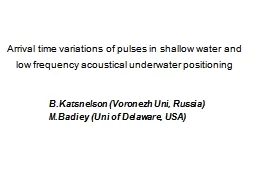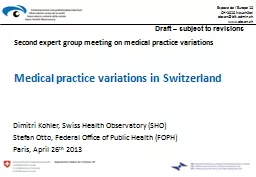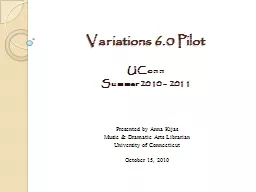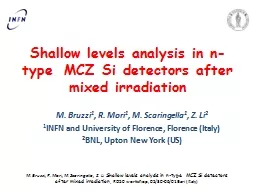PPT-Arrival time variations of pulses in shallow water and low
Author : karlyn-bohler | Published Date : 2015-11-21
BKatsnelson Voronezh Uni Russia MBadiey Uni of Delaware USA Overview We consider fluctuations of arrival time of low frequency sound pulses in shallow water during
Presentation Embed Code
Download Presentation
Download Presentation The PPT/PDF document "Arrival time variations of pulses in sha..." is the property of its rightful owner. Permission is granted to download and print the materials on this website for personal, non-commercial use only, and to display it on your personal computer provided you do not modify the materials and that you retain all copyright notices contained in the materials. By downloading content from our website, you accept the terms of this agreement.
Arrival time variations of pulses in shallow water and low: Transcript
Download Rules Of Document
"Arrival time variations of pulses in shallow water and low"The content belongs to its owner. You may download and print it for personal use, without modification, and keep all copyright notices. By downloading, you agree to these terms.
Related Documents














